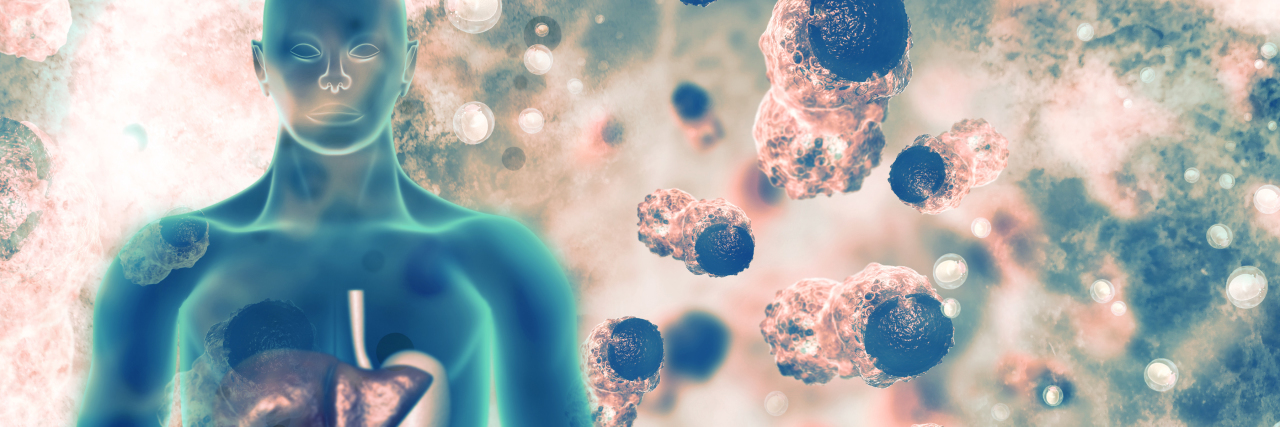It is not a psychological problem, not a dream, not a memory, not imaginary.
Unfortunately, it is all too physical and all too real.
In fact, chronic pain is so real it can lead to serious and permanent losses to a person’s independence and ability to work, among many other things. If you have been a faithful reader of my blog, Pain And Loss, you will already know what I am talking about.
But, is chronic pain only physical?
Is chronic pain totally unrelated to the stresses going on in a person’s life — even stresses caused by the pain and injuries themselves? If you lose your job or your marriage, wouldn’t you have more difficulties coping with whatever medical problem you might be struggling with? If that medical problem caused a lot of pain, wouldn’t that make it even harder?
This is just common sense really.
Of course stresses, fears and losses all play a role in chronic pain and its effects on a person’s life. Stress does not cause chronic pain. But, stress can make almost any physical medical problem worse.
It is important for people in pain to understand how this works and how it affects them — essentially how stress and pain make each other worse. This is true for heart disease, diabetes and blood pressure, just as a few examples. And that is why stress management is such a vital part of treatment for such medical problems.
Treatment programs for chronic pain help people not only find and receive physical and medical treatments, but also help educate and give people tools for coping and managing stress. Chronic pain is a complex problem that needs a comprehensive treatment approach.
Education is a core component of almost all treatment programs for chronic pain and fibromyalgia. All treatment team members should embrace this, including physiotherapists.
Physiotherapists such as Gloria Gilbert realize it is important to teach their patients about the injuries that cause them pain and to help them continue with their exercises even when more pain is triggered. This education helps patients feel less afraid of the higher pain levels and helps them continue to be as active as they can.
Some physiotherapists have been promoting this education as a new approach. And it has been given a catchy name, pain neuroscience education, or PNE for short.
Here is a summary of the PNE approach.
In recent years, there has been an increased interest in PNE for physical therapy. There is growing evidence for the efficacy of PNE to decrease pain, disability, fear-avoidance, pain catastrophization and limited movement in people struggling with pain.
PNE teaches people in pain more about the biology and physiology of their pain experience, including processes such as central sensitization, peripheral sensitization, allodynia, inhibition, facilitation, neuroplasticity and more.
To their credit, PNE practitioners share beyond what the traditional education provided by physiotherapists (and even sometimes doctors) entails with patients. Traditionally, patients are shown and explained the mechanical and medical details underlying their painful injuries and illnesses.
But the PNE approach goes further. It involves detailed explanations of how chronic pain works in patients’ bodies and how long-term pain can change the way their spinal cord and brain processes pain signals. PNE practitioners focus on more comprehensive explanations of how our injured body parts, spinal cord and brain all work together to produce long-term pain. Some recent studies have shown some promising results.
Here is a summary of a recent meta-analysis:
The review demonstrates a moderate level of evidence that the use of pain neuroscience education alongside physiotherapy interventions probably improves disability and pain in the short-term for chronic lower back pain. These results provide greater support for the addition of PNE in routine physiotherapy practice for chronic lower back pain.
For any problem, in any area of your life, it is important to learn as much as you can about the problem itself and how you can manage it. Sometimes, this is a difficult pill to swallow, especially when people are struggling and just want their pain to go away — as fast and as simply as possible.
But, knowledge truly is the key to power. And if more knowledge about your injuries can give you even a little more power to overcome, I believe it is worth it. Until a simple and easy fix comes along for chronic or long-term pain, or for any chronic health problem, more learning may be your best bet.
Please spread the word using the hashtag #RealPhysicalPain on all of your social media!
Getty image by Mohammed Haneefa Nizamudeen

